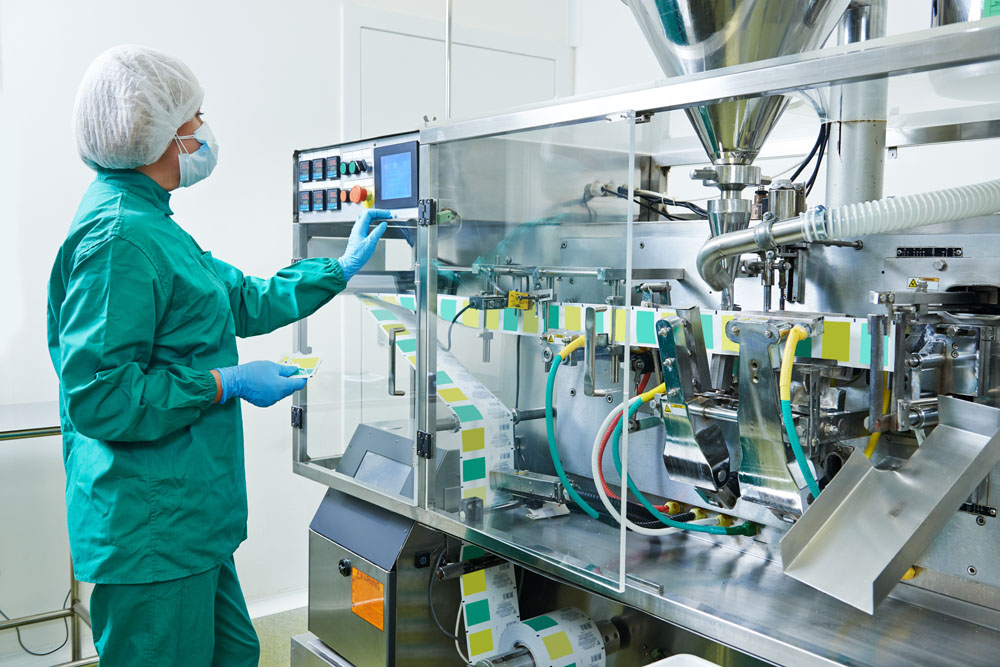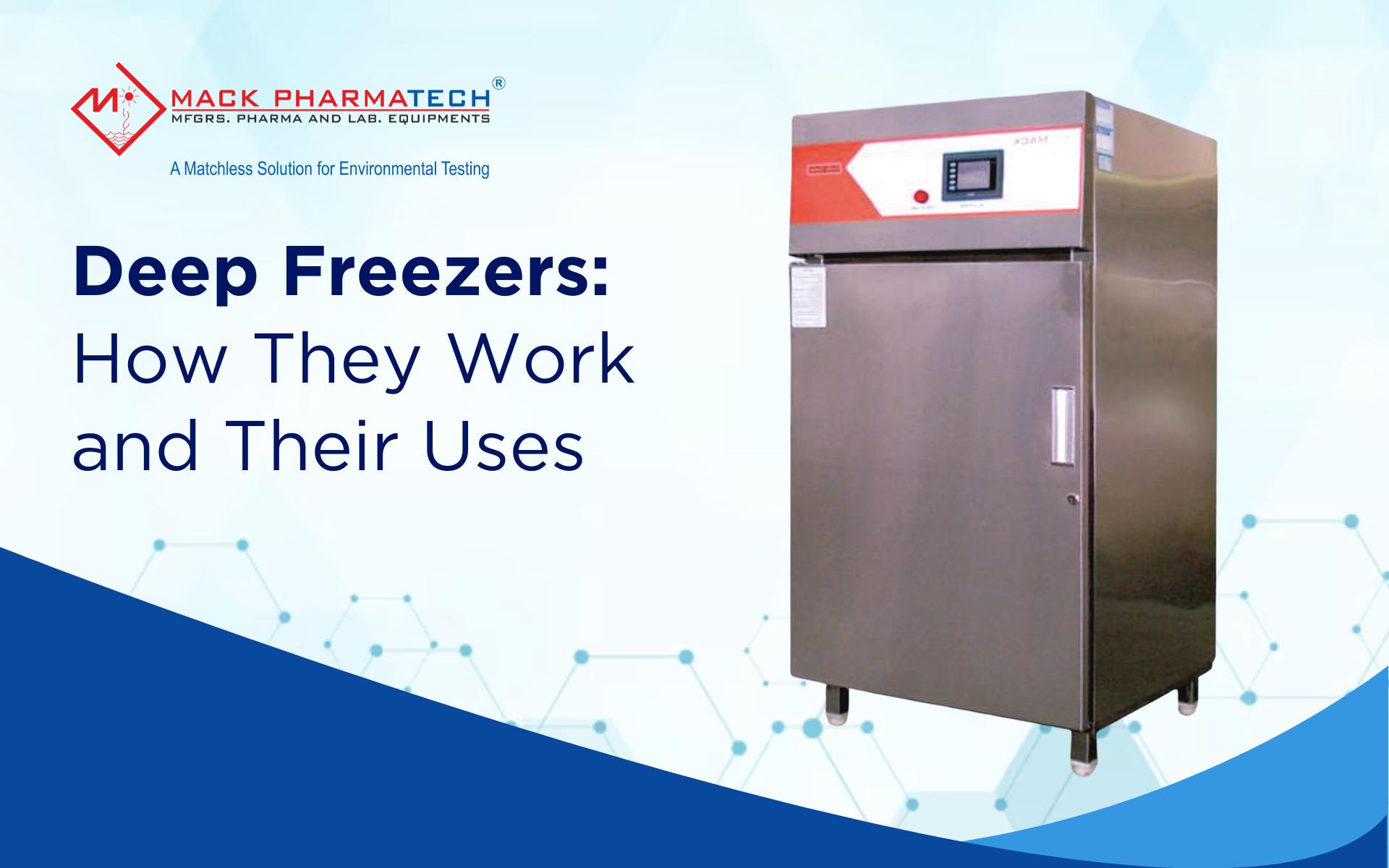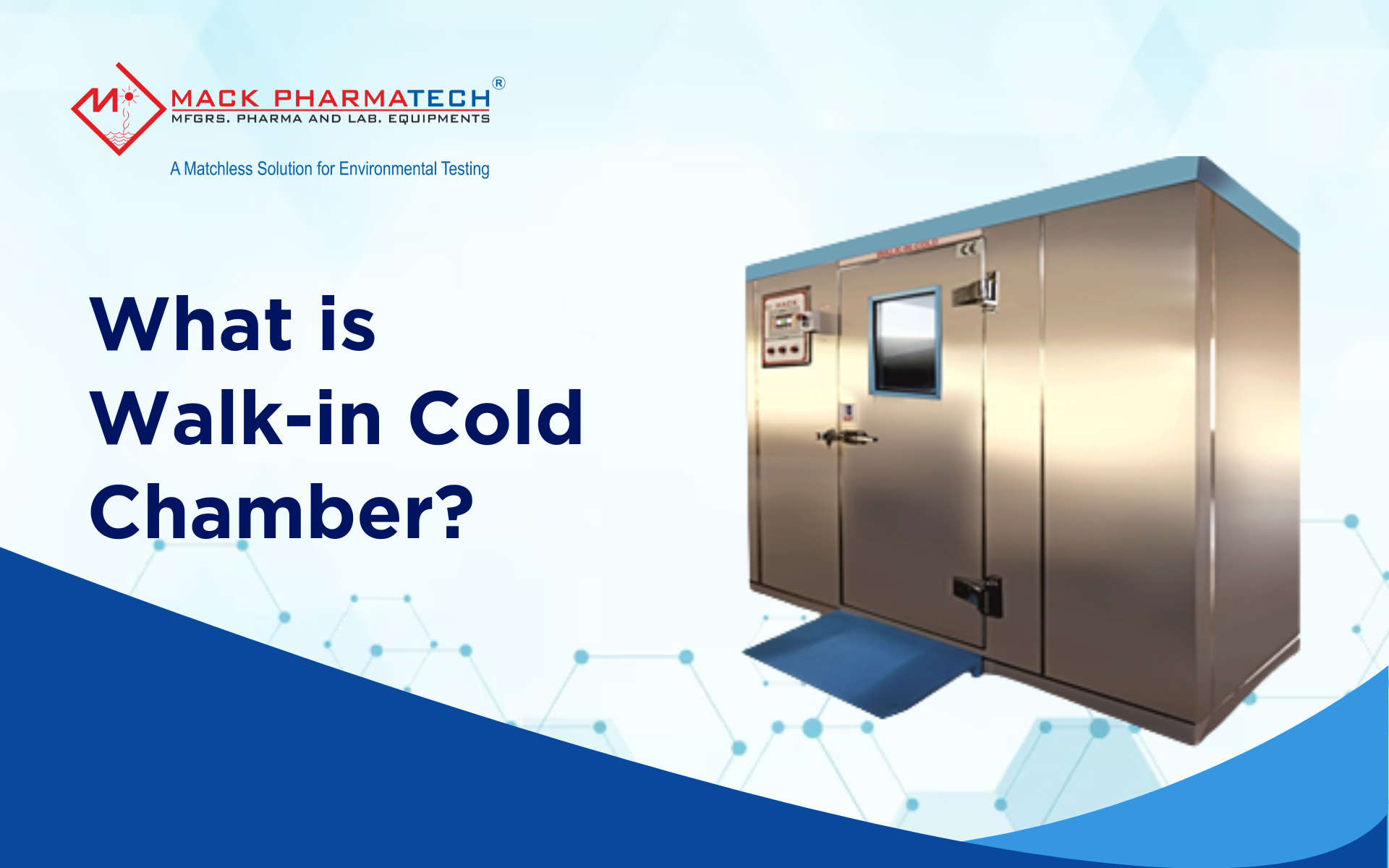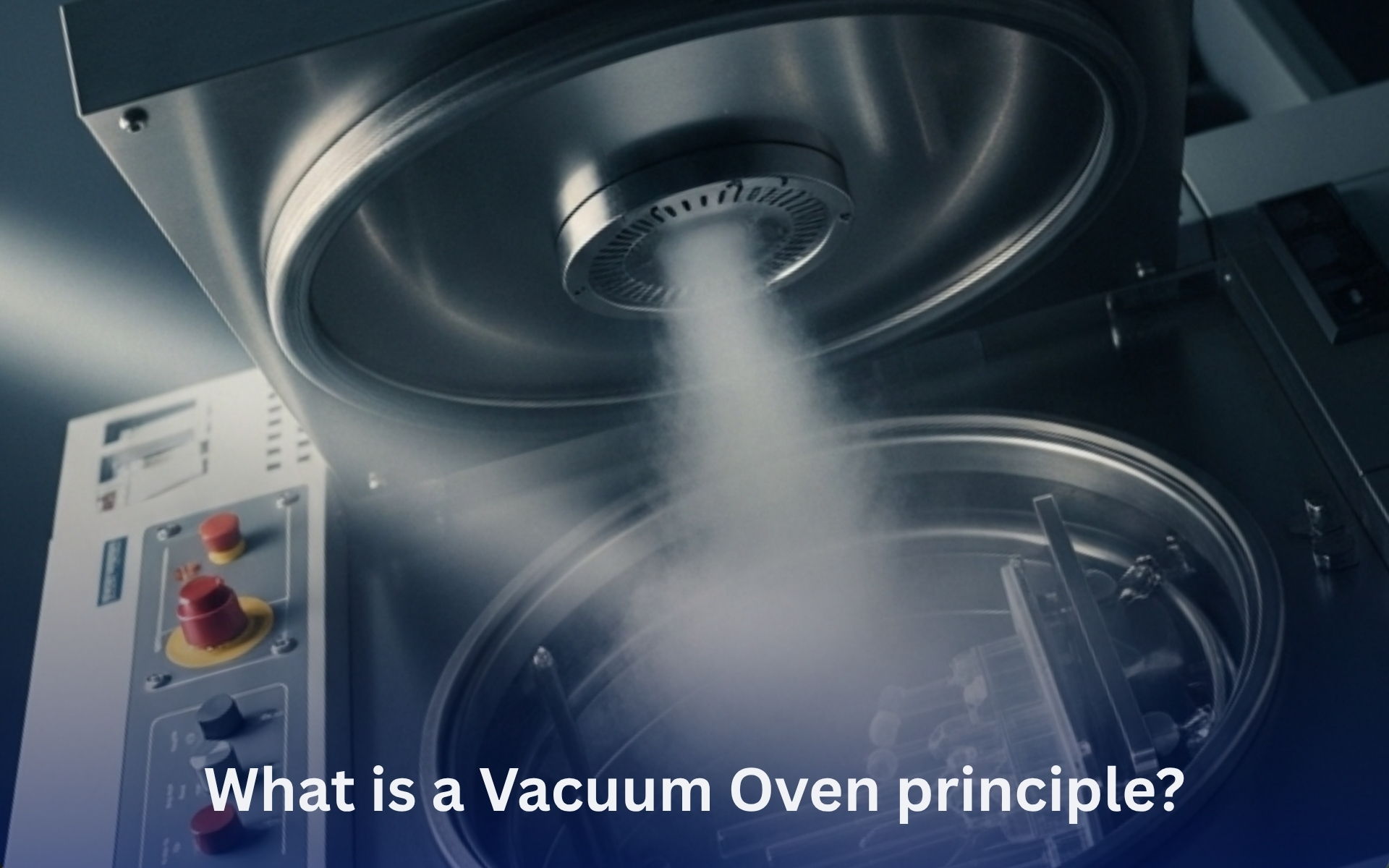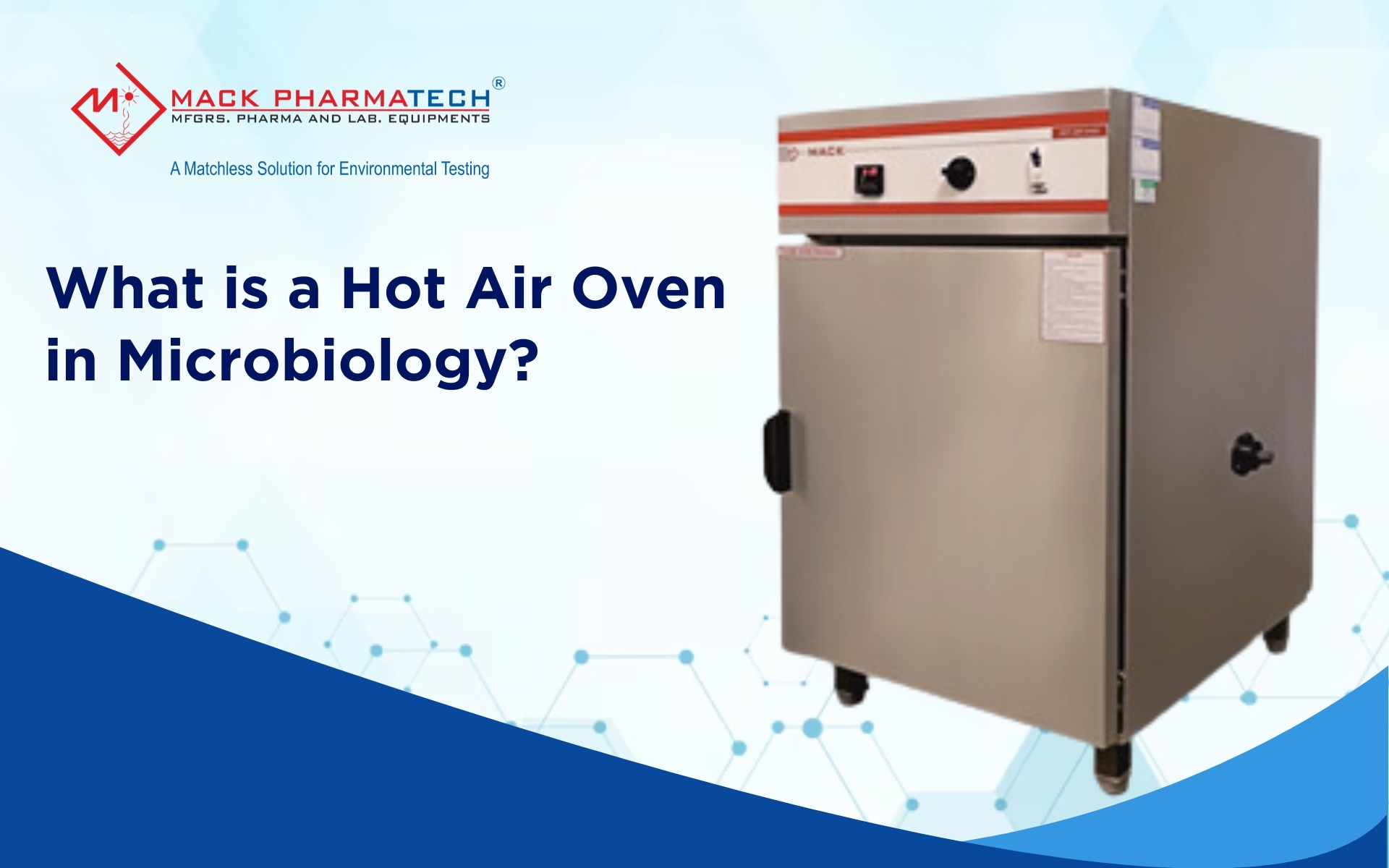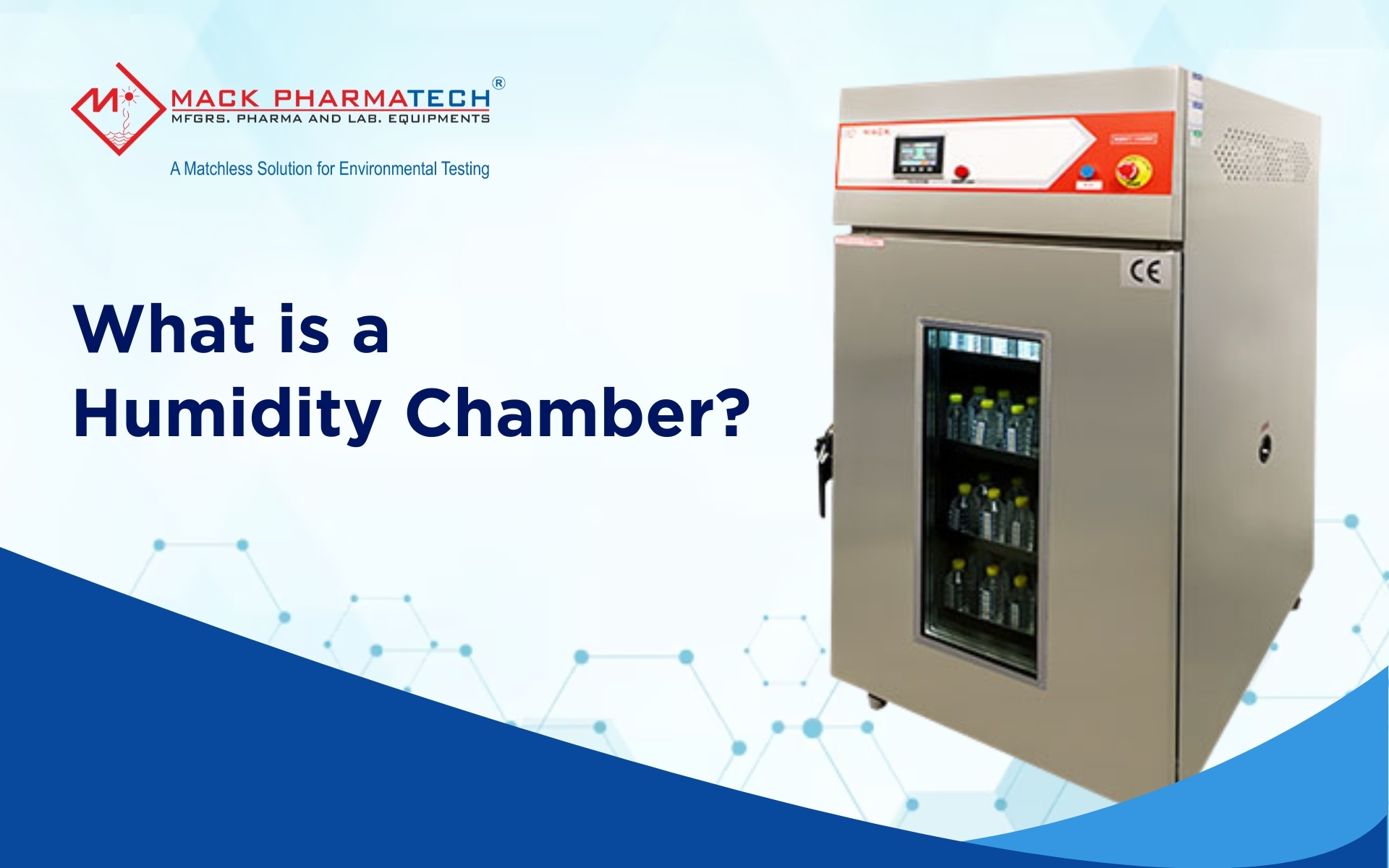A stability chamber is a specialized machine used to test how products react to different temperature and humidity levels. It helps determine a product’s shelf life, quality, and durability under controlled environmental conditions.
In this blog, we’ll explain how stability chambers work, the principle of stability chambers and their many applications across industries also the science behind them, and why they matter across different industries. this guide will give you clear insights and a deeper understanding of stability chambers and their practical uses.
What is the stability chamber?
A stability chamber is a specially designed machine used to simulate different environmental conditions such as temperature and humidity with high accuracy. It helps test how products react over time under controlled climate settings.
Also known as stabilization chambers, they are widely used to check the shelf life and durability of products like pharmaceuticals, electronics, and building materials. These chambers allow users to set specific conditions to see how products perform in various climates without having to physically visit those regions.
Since different products require different storage or testing environments, stability chambers provide a practical and reliable solution. Instead of relying on real-world climates, these chambers let manufacturers recreate and control those conditions inside a sealed space.
Typically made from strong materials like stainless steel, a stability chamber is built to last. It includes advanced internal systems to heat, cool, humidify, or dehumidify the environment as needed. Many models also include timers and data loggers, so tests can be scheduled and results can be tracked over time.
By offering precise environmental control, stability chambers help industries ensure their products stay safe, effective, and compliant with quality standards.
Working Principle of a Stability Chamber:
The basic principle of a stability chamber is to maintain consistent environmental conditions (usually temperature and humidity) for extended periods while exposing products to these controlled environments. The chamber’s conditions simulate real-world environmental factors that a product may face during its storage and use.
Here’s how it works:
1. Temperature Control
- Stability chambers have heating and cooling systems (typically using refrigeration cycles or heaters) to maintain constant temperature ranges, as the user specifies.
- The typical temperature ranges for testing could be 25°C, 30°C, 40°C, or higher, depending on the product and regulatory guidelines (such as ICH guidelines in the pharmaceutical industry).
- Sensors continuously monitor the temperature inside the chamber, and adjustments are made to maintain the desired set point.
2. Humidity Control
- Humidity control systems ensure that the chamber maintains a specified relative humidity (RH) level.
- To increase humidity, water vapour is injected into the air inside the chamber. Conversely, to reduce humidity, dehumidifiers or refrigeration systems condense moisture out of the air.
- Stability chambers typically operate at RH levels such as 40%, 60%, or 75%, depending on the testing requirements.
3. Uniformity
- The chamber must maintain uniform conditions throughout the space. This is critical because any variation in temperature or humidity could affect the results of the stability test.
- To ensure uniformity, stability chambers use air circulation systems (fans, blowers) to evenly distribute air throughout the chamber, so the conditions remain consistent at all points inside.
4. Sensors and Monitoring
- Stability chambers are equipped with sensors that continuously monitor both temperature and humidity.
- Data logging systems are also integrated, which record the environmental conditions over time, ensuring the test parameters are maintained and allowing for later analysis of the data.
5. Alarms and Safety Mechanisms
- Stability chambers include alarms that notify operators if the conditions inside deviate from the set parameters, allowing for quick corrective action to be taken.
- Backup systems may also be included to maintain conditions in case of a power failure or system malfunction.
Uses of Stability Chamber
You know that a stability chamber can be used to evaluate the condition of different products and materials under different humidity and temperature conditions:
-
Evaluating food and beverage products
The food and beverage industries test product quality and shelf life using stability chambers. It helps businesses in this industry to track how their products respond to temperature, light, and humidity so that preventive measures can be taken to keep germs away.
-
Analysing the package
Product and material conditions are significantly impacted by packaging. It tests the ability of packaging to withstand different conditions and evaluates how well it protects contents from outside influences.
-
Testing of electronic components
Temperature and humidity variations can affect electronic materials and devices. For this reason, the electronics industry invests in stability chambers to verify that various components function properly in real-world scenarios and to evaluate their operation under various climatic circumstances.
-
Monitoring medical devices
Medical equipment dependability testing is essential for medical clinics to be able to treat patients. Stability chamber testing proves the effectiveness and durability of these devices.
-
Pharmaceutical assessment
To ensure that drugs are safe for use and that their responses to temperature, light, and humidity are as expected, they are tested for stability and shelf life under a range of environmental conditions.
What Are the ICH Guidelines for Stability Chambers?
Stability chambers must follow strict guidelines to ensure accurate and reliable product testing. These guidelines are especially important in industries like pharmaceuticals, where testing must meet global regulatory standards.
The most widely followed standards are set by the ICH (International Council for Harmonisation). The main guideline is ICH Q1A(R2), which outlines how stability testing should be done for drug products.
|
Testing Type |
Temperature |
Humidity |
Duration |
|
Long-term testing |
25°C ± 2°C |
60% RH ± 5% RH |
12 months or more |
|
Intermediate testing |
30°C ± 2°C |
65% RH ± 5% RH |
6 months |
|
Accelerated testing |
40°C ± 2°C |
75% RH ± 5% RH |
6 months |
Key Factors of A Stability Chamber
- Temperature Control
- Control of Humidity
- Light Regulating
- Control of Vibrations
- Air Flow
- Observation and Data Recording
- Inside Area
- Verification of Stability
Stability chambers play an integral role in ensuring the quality and reliability of products by providing accurate, controlled environmental conditions for testing. Whether in pharmaceuticals, food, or cosmetics, they help companies predict product behaviour over time, meet regulatory standards, and ensure customer safety. Understanding the principles and uses of stability chambers is vital for industries focused on long-term product stability and compliance.
A stability chamber plays a crucial role in industries like pharmaceuticals, cosmetics, and food by providing a controlled environment to test products' stability under various temperature and humidity conditions. This testing ensures that products maintain their quality, efficacy, and safety throughout their shelf life. Whether it’s for accelerated ageing tests or long-term stability studies, stability chambers are essential for meeting regulatory standards and ensuring product reliability.
Mack Pharmatech is a high-quality stability chamber manufacturer designed for precise environmental control and reliable performance. Our chambers are equipped with advanced features like uniform air distribution, accurate sensors, and customizable settings, ensuring you get the most accurate data for your stability testing needs. With a commitment to quality and innovation, we are your trusted partner in providing state-of-the-art stability chambers that meet the stringent demands of modern industry testing.




